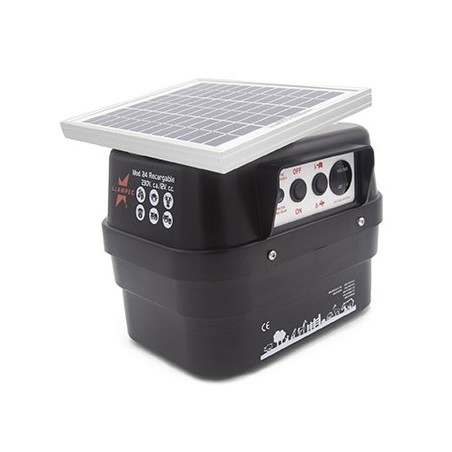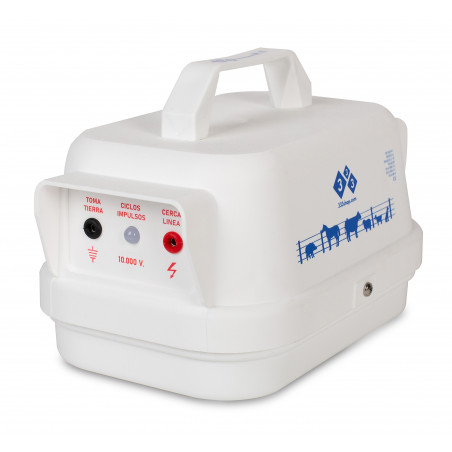Porcine circovirus 3 (PCV‐3) prevalence has been minimally investigated in wild boar; dynamics of infection and viral tissue distribution are currently unknown. In this study, serum samples from 518 wild boar (from years 2004 to 2018) were used to study frequency of infection. Also, serum samples from 19 boar captured and recaptured at least two times for a period of time from 1 month to 1 year were collected to determine PCV‐3 infection dynamics. Finally, to elucidate PCV‐3 DNA organic distribution, sera, different tissues and faeces were obtained from 35 additional wild boar. PCV‐3 DNA was extracted and amplified with a conventional PCR. For the PCV‐3 PCR‐positive sera from the longitudinally sampled and different tissue types, a quantitative PCR was performed. Genome sequence was obtained from a number of PCV‐3 PCR‐positive samples from different years, different time‐points of infection and tissues.
Obtained results confirmed the susceptibility of wild boar to the virus, showing high frequency of PCV‐3 detection (221 out of 518, 42.66%) and demonstrating circulation at least since 2004. Compiled data indicate the possibility of long‐term infections, since 5 out of 10 PCV‐3 PCR‐positive boars longitudinally sampled showed positivity in samplings separated for more than 5 months. All tested tissue types’ harboured PCV‐3 genome, with the highest percentage of PCR positivity in submandibular lymph node, tonsil, lung, liver, spleen and kidney. The amount of DNA in all tested PCV‐3 PCR‐positive samples was moderate to low. All partial and complete PCV‐3 sequences obtained from wild boar displayed high nucleotide identity, higher than 98%.

In conclusion, this study further confirms that wild boar is susceptible to PCV‐3 infection, showing high frequency of detection in this animal species. Furthermore, PCV‐3 can be found in different tissues of wild boar and is apparently able to cause persistent infection.
Klaumann F, Dias‐Alves A, Cabezón O, et al. Porcine circovirus 3 is highly prevalent in serum and tissues and may persistently infect wild boar (Sus scrofa scrofa). Transbound Emerg Dis. 2018;00:1–11. https://doi.org/10.1111/tbed.12988






